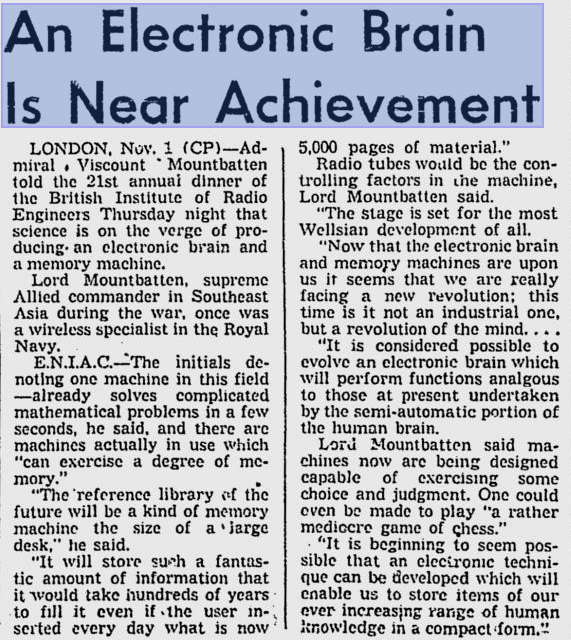Disrupting the Borg is expensive and time consuming!
Google Search
-
Recent Posts
- New Visitech Features
- Ice-Free Arctic By 2014
- Debt-Free US Treasury Forecast
- Analyzing Big City Crime (Part 2)
- Analyzing Big City Crime
- UK Migration Caused By Global Warming
- Climate Attribution In Greece
- “Brown: ’50 days to save world'”
- The Catastrophic Influence of Bovine Methane Emissions on Extraterrestrial Climate Patterns
- Posting On X
- Seventeen Years Of Fun
- The Importance Of Good Tools
- Temperature Shifts At Blue Hill, MA
- CO2²
- Time Of Observation Bias
- Climate Scamming For Profit
- Climate Scamming For Profit
- Back To The Future
- “records going back to 1961”
- Analyzing Rainfall At Asheville
- Historical Weather Analysis With Visitech
- “American Summers Are Starting to Feel Like Winter”
- Joker And Midnight Toker
- Cheering Crowds
- Understanding Flood Mechanisms
Recent Comments
- Stuart Hamish on New Visitech Features
- Stuart Hamish on New Visitech Features
- Disillusioned on Ice-Free Arctic By 2014
- Disillusioned on Ice-Free Arctic By 2014
- Disillusioned on Ice-Free Arctic By 2014
- conrad ziefle on Ice-Free Arctic By 2014
- conrad ziefle on Ice-Free Arctic By 2014
- Jack the Insider on Ice-Free Arctic By 2014
- Bob G on Ice-Free Arctic By 2014
- Bob G on Ice-Free Arctic By 2014
1946 : First Computer
This entry was posted in Uncategorized. Bookmark the permalink.



I can recall seeing a Univac computer at the 1957 World’s Fair in Toronto. That thing was so huge that it took up half the room. You now have super-exponentially greater computing capacity now in something you can hold in the palm of your hand. That is amazing.
Not bad. “A large desk” would definitely be after the era of the 10 ton IBM monsters. Let me think: 5,000 pages a day would be around 20M (4K/typed page of text), which give us (if I’m not half mad here) a tiny bit less than 7G/yr (6.9665909, at the calculator’s output). That’s right about 150 years per terabyte.
And a modern 2U storage array will hold 25 2.5″ disks (which you can get in 1TB cheaply now-a-days), which we assume you’ll want to mirror, or run under zfs (with duplication, please, for integrity), so you’ll easily be able to fit 10-15TB per. Desk height is 30 inches, and a large desk would be around 80 inches wide, so you could get about 16 units in, giving you 160-240TB, or 24,000 to 36,000 years of his proposed rate.
All in 70 years from his prediction.
I have a hard disk platter hanging on the wall in my office. It is about 16″ in diameter, about 1/16″ thick Aluminum, with a thin painted coating on both surfaces that looks like varnish. I fished it out of a dumpster back in college, when they were disposing of an old mainframe machine. Storage capacity was either 128K or 256K bytes.
It is remarkable to witness the progress in memory technology in one lifetime.
Anyone who happens to be in the area, I would suggest a visit to the Computer History Museum in Mountain View, California. I was there a couple of years ago, and it brought back a lot of memories.
That was the original SGI building before SGI built their new building before they went bankrupt and sold their new building to Google
Monty was pretty sharp.
My dad had plenty of experience of those early vast powerless computers up to the age of windows.